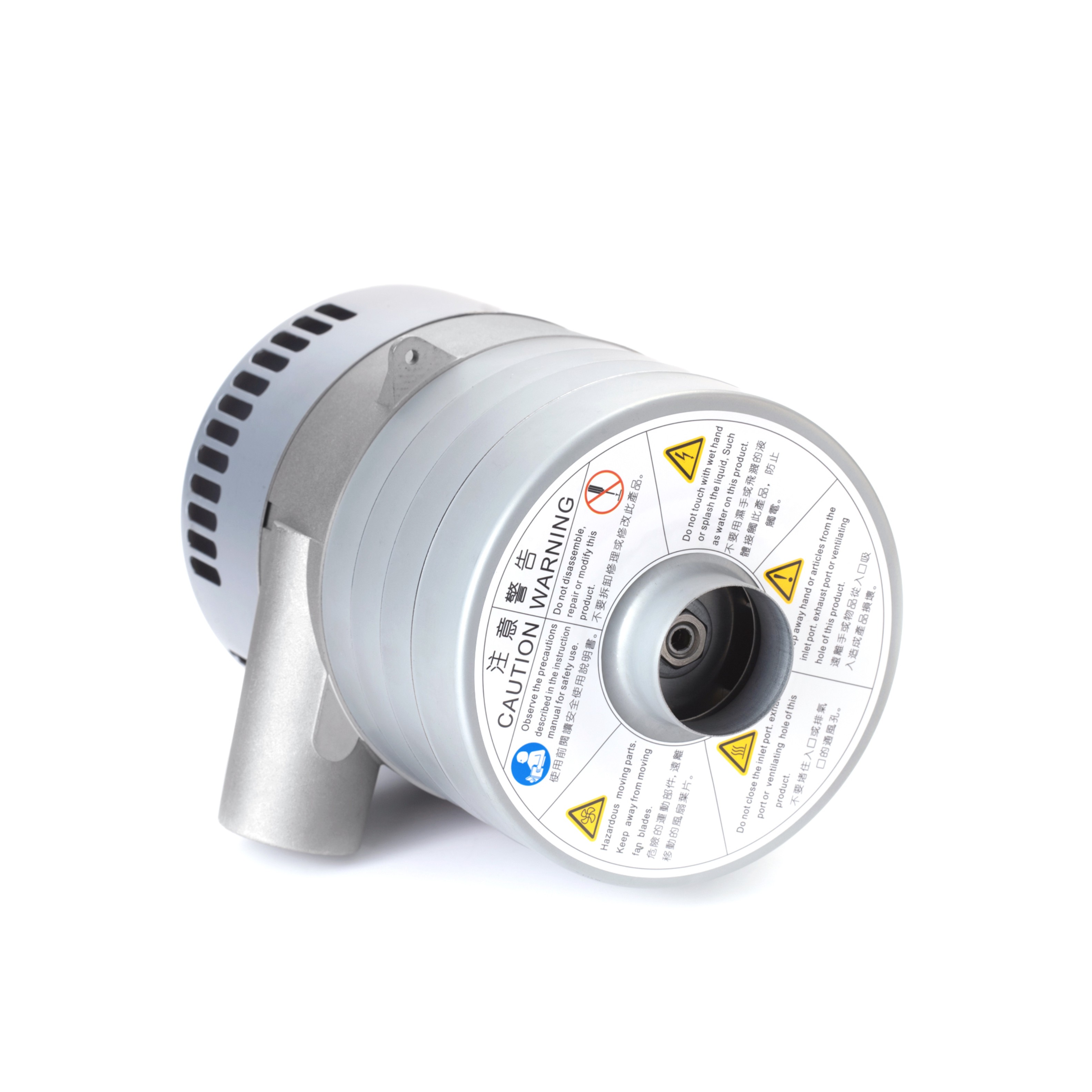Brushless suction and blowing integrated pumps have become increasingly popular due to their efficiency, reliability, and versatility. These pumps are designed to handle both suction and blowing applications seamlessly, making them ideal for a wide range of industrial and commercial applications. However, to ensure optimal performance and longevity, proper maintenance and care are essential.

Understanding the Pump's Components
Before diving into maintenance and care, it's crucial to understand the basic components of a brushless suction and blowing integrated pump. These pumps typically consist of:
-
Motor Assembly: Drives the impeller via a brushless DC motor for efficient and reliable operation.
-
Impeller: Creates the suction and blowing action by spinning and moving air or fluid.
-
Housing: Encloses the impeller and provides a direction for air or fluid flow.
-
Filters: Protect the pump from debris and contaminants.
-
Control Electronics: Regulate the motor's speed and performance.
Regular Inspection and Cleaning
Regular inspection and cleaning are the cornerstones of maintaining any pump, and brushless suction and blowing integrated pumps are no exception. Here are some key steps:
-
Visual Inspection: Regularly inspect the pump for any signs of wear, cracks, or damage. Pay particular attention to the impeller, housing, and filters.
-
Cleaning: Remove and clean the filters at least once a month or more frequently in dusty or dirty environments. Use compressed air or a soft brush to gently remove debris.
-
Housing Cleanliness: Ensure the pump housing remains clean and free of debris. Wipe down the exterior with a damp cloth as needed.
Motor Maintenance
The brushless motor is the heart of the pump, and its maintenance is critical for reliable operation. Here are some tips:
-
Lubrication: While brushless motors require less lubrication than traditional brushed motors, it's still important to check for any signs of friction or wear. If the pump has bearings, ensure they are properly lubricated according to the manufacturer's instructions.
-
Electrical Connections: Inspect all electrical connections regularly for signs of corrosion, loosening, or damage. Tighten any loose connections and replace any damaged components.
-
Temperature Monitoring: Monitor the motor's operating temperature. Excessive heat can indicate overloading, poor ventilation, or a failing component.
Performance Monitoring
Regularly monitoring the pump's performance can help detect potential issues before they become critical. Key performance indicators include:
-
Suction and Blowing Capacity: Measure the pump's suction and blowing capacity periodically to ensure it meets the application's requirements.
-
Noise Levels: Listen for any unusual noises, such as grinding, squealing, or vibrating. These can indicate wear or damage to internal components.
-
Energy Consumption: Monitor the pump's energy consumption. Sudden increases can indicate inefficiencies or failing components.
Troubleshooting Common Issues
Even with regular maintenance, issues can arise. Here are some common problems and their potential solutions:
-
Reduced Suction or Blowing Capacity: This can be caused by clogged filters, worn impellers, or leaks in the housing. Clean the filters, inspect the impeller for wear, and check for any leaks.
-
Overheating: Overheating can be due to poor ventilation, overloading, or faulty electrical components. Ensure adequate ventilation, avoid overloading the pump, and check electrical connections.
-
Noisy Operation: Noise can indicate wear on bearings, imbalanced impellers, or loose components. Inspect and replace worn bearings, balance the impeller, and tighten any loose components.
Preventive Maintenance Schedule
Developing a preventive maintenance schedule can help ensure your pump operates reliably and efficiently over its lifespan. Consider the following:
-
Monthly: Clean filters, inspect electrical connections, and check for any visible signs of wear or damage.
-
Quarterly: Perform a thorough inspection of all components, including the impeller, housing, and bearings. Replace any worn parts as necessary.
-
Annually: Conduct a comprehensive maintenance check, including lubrication of bearings (if applicable), calibration of control electronics, and a full performance evaluation.
Conclusion
Brushless suction and blowing integrated pumps offer numerous benefits, but only if they are properly maintained and cared for. By following the tips outlined in this article—including regular inspection and cleaning, motor maintenance, performance monitoring, troubleshooting common issues, and developing a preventive maintenance schedule—you can ensure your pump operates reliably and efficiently for years to come. Remember, proactive maintenance is always cheaper and more effective than reactive repairs. Take care of your pump, and it will take care of your applications.













Comments (0)